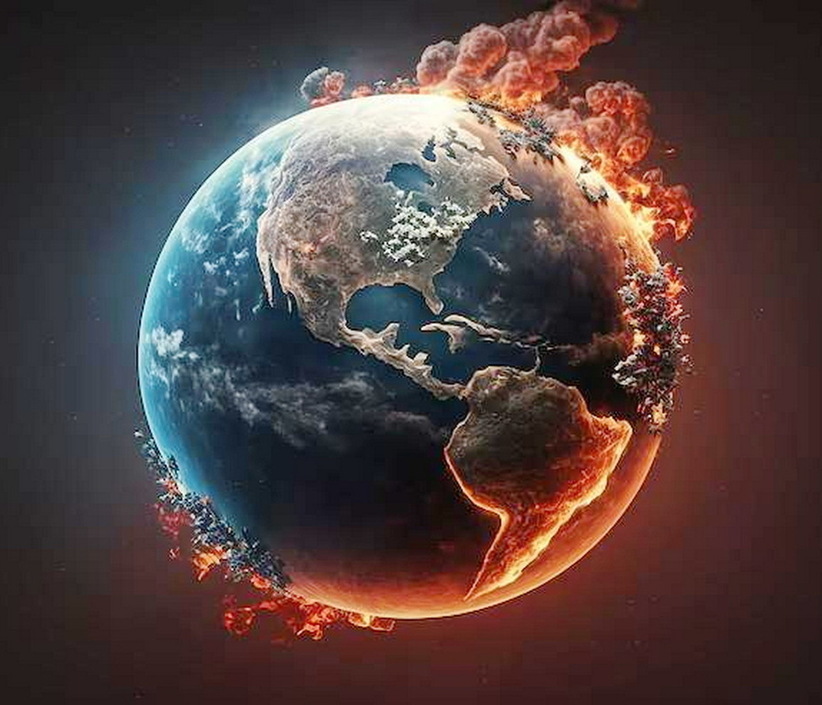
The Earth, our ancient cradle of life, is groaning under invisible pressures. Like a weary top losing its spin, the planet’s core has begun to wobble—its rhythm faltering, its dance growing erratic. Scientists whisper of a silent unraveling, a slow-motion collapse that could rewrite humanity’s fate.
The signs are subtle but sinister: the planet now spins faster, as if hurrying toward some unseen brink. The axis tilts—not with the grace of seasons, but with the shudder of imbalance. Beneath our feet, the molten heart of the Earth churns unpredictably, its tantrums threatening to ripple upward through mantle and crust.
This isn’t just geology—it’s a countdown. If the magnetic field flickers, if the atmosphere thins further, we’ll face more than storms. We’ll face a world where volcanoes wake hungrily, where quakes split continents like overripe fruit.
Add to this the fever of global warming, the tectonic sighs of awakened volcanoes, and the grim arithmetic becomes clear: Earth is a patient with too many symptoms. Cooling mechanisms fail. The biosphere gasps. And still, the clock ticks.
Somewhere between data and doomsday, humanity lingers—a species scribbling grocery lists as the roof caves in. The scientists’ warnings are not prophecies, but equations. The variables? Our inertia. Our denial. Our stubborn, stumbling hope.
The core won’t wait. The axis won’t pause. The question isn’t if we’ll act, but whether it’s already too late to matter.